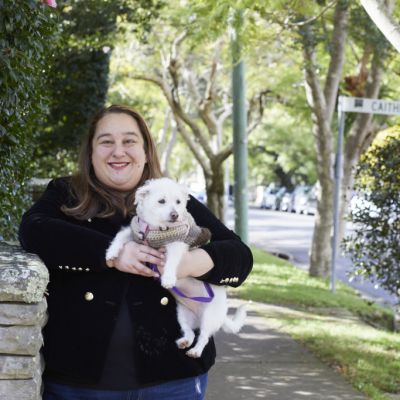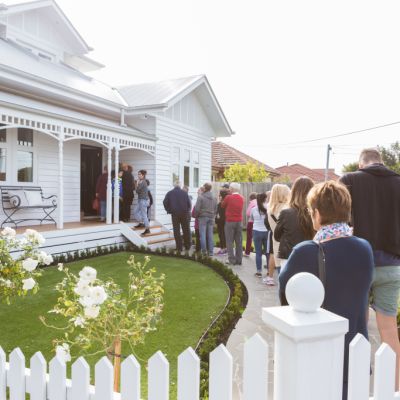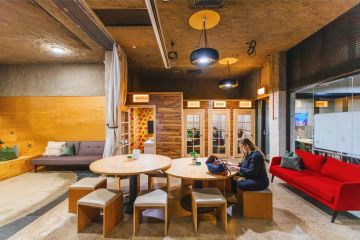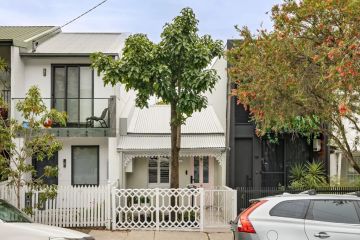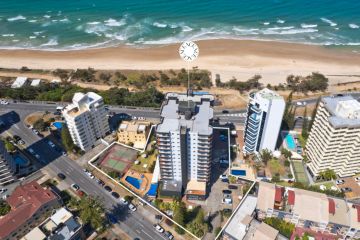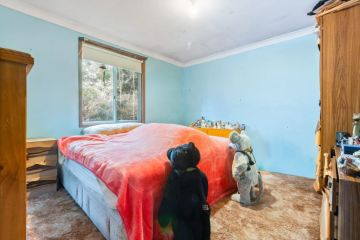Rent-to-buy in Australia: How rent-to-own homes work, how much they cost, and the pros and cons
Putting away enough money for a property deposit is no easy feat.
The average time it takes a working couple aged 25-34 to save a 20 per cent deposit for an entry-level house is four years and nine months, according to Domain’s 2024 First Home Buyer Report.
Meanwhile, rental prices across Australia have soared in recent years, with higher rents chewing up money that might have otherwise gone towards a deposit.
With many people feeling up against seemingly insurmountable hurdles to home ownership, new schemes and property ownership models offer alternative ways to get onto the property ladder and get your dream home.
The rent-to-own model offers the aspiring first-home buyer an opportunity to lease a dwelling while also saving to buy the home.
“Wave goodbye to renting forever,” declares the optimistic motto of Own Home, a rent-to-own platform operating in Australia. It is one of several that have significantly grown its clientele across the country in the last five years.
However, experts warn that the rent-to-own model is not without risk and, in the worst case, can be financially exploitative.
What is rent-to-own?
Also known as rent-to-buy, rent-to-own is a leasing agreement that gives tenants the option to buy the property at the end for a price negotiated at the outset.
It is positioned as an alternative way to home ownership that does not require a hefty deposit.
“They’re sometimes pitched as trying before you buy,” says Dr Chris Martin, research fellow with UNSW. “I can understand the logic of that, however, they are really about appealing to a person who wants to buy but they’re not able to do that right now; they don’t have access to finance.”
The rent-to-buy platform owns the property, and the consumer pays rent as well as an additional fee for the option to buy it later.
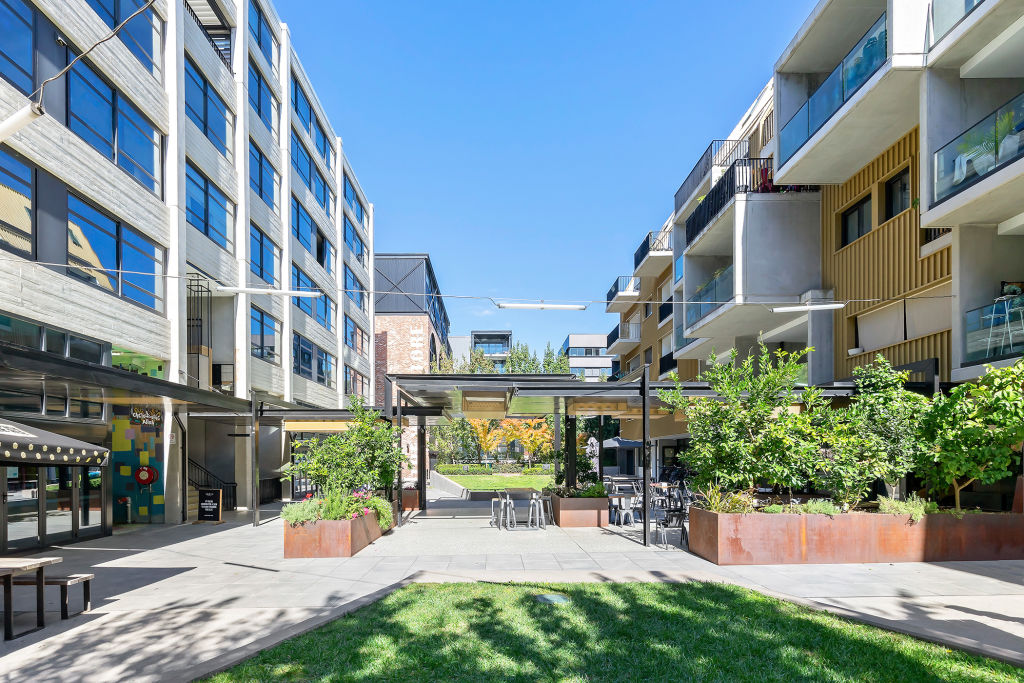
With the future sale price fixed, the schemes can protect buyers against upswings in the property market. On the other hand, if the market experiences a downturn, the property may be worth less.
Rent-to-own schemes are offered by specialised property platforms and property developers.
The sector has a shady history, with unscrupulous operators criticised (and in some cases previously jailed) for preying upon vulnerable consumers with little prospect of qualifying for a mortgage.
However, the sector has purportedly changed, and new players offering rent-to-buy models have the backing of some major banks and super funds.
The industry has also evolved to include build-to-rent-to-buy (BtRtB) schemes, in which providers build new properties.
Assemble Communities have developed their own model, building several apartment buildings in Melbourne’s Kensington and offering “purchase pathways” to renters.
Interestingly, the Commonwealth government housing agency was also involved in a small pilot build-to-rent-to-buy scheme in Canberra, partnering with a community housing provider to help vulnerable women become homeowners.
How do rent-to-buy schemes work?
There are various models operating in Australia with different structures, fees and terms and conditions.
Typically, property platforms offering rent-to-buy services will offer to buy a home for a customer to rent, with the option to purchase at the end of the lease agreement.
The rent and purchase price will be determined at the start of the agreement.
In addition to paying rent, the tenant will also pay an additional fee for the option to buy the property later. Typically, the additional fees are contributions to build equity, which will go towards the purchase price.
Under some contracts, the tenants will also cover the costs of things like building maintenance, stamp duty, and insurance.
At the end of the lease agreement, the tenant can then take out a standard commercial mortgage to pay out the rent-to-own platform.
If the renter decides not to purchase, they may forfeit the additional money they paid. Or, if a bank refuses to grant a mortgage at the end of the leasing period, the renter may also lose their money.
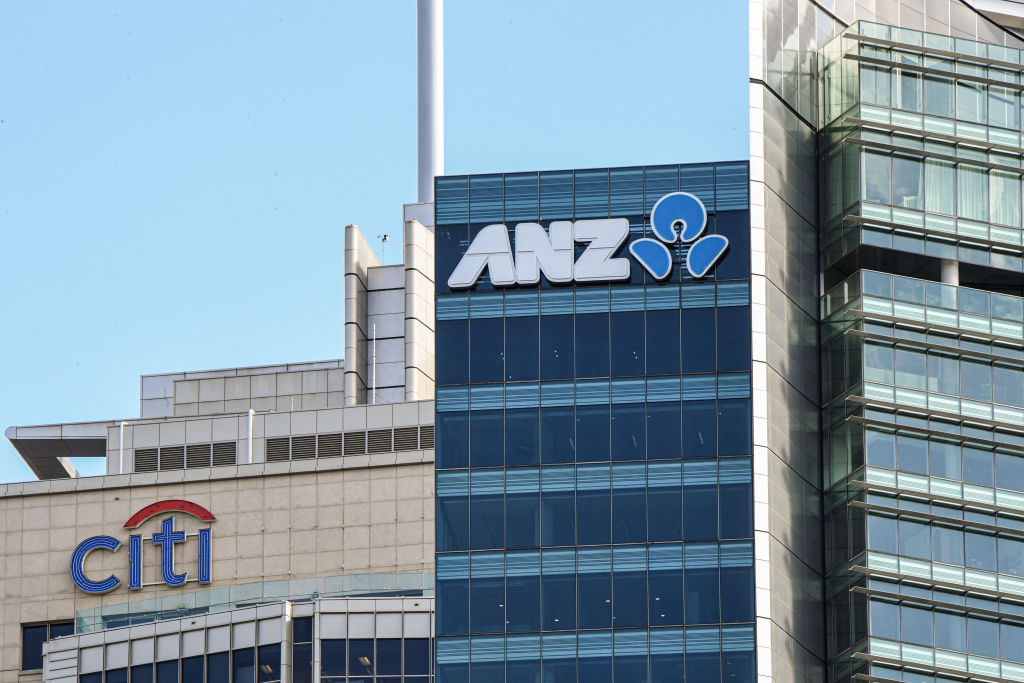
There are other risks. If the rent-to-buy platform that owns the property defaults on mortgage repayments, they may lose the property and, therefore, so would the renter. If the renter defaults on a payment, they could void the contract and lose the money invested in the home.
Due to concerns that people were being exploited by “dodgy” providers charging exorbitant rent and fees, Victoria introduced legislation in 2019 that prohibited certain types of rent-to-buy arrangements.
Under Victorian consumer protections, option fees must be banked and either applied towards the purchase price or refunded.
At the time of writing, Victoria was still the only state or territory to have specific legislation around rent-to-buy schemes.
Dr Martin said there was a lack of publicly available information for hopeful property owners about rent-to-buy models.
“We need more up-to-date information from the regulators to advise people realistically what the risks are, considering the background of exploitative arrangements that historically existed,” he said.
How much does rent-to-own cost?
The cost of rent-to-buy models will depend on the terms of the agreement, so it is extremely important to read the fine print and seek legal advice to review any contract.
Rent-to-buy schemes require a security deposit at the outset, which may be as little as 2.5 per cent of the property’s value.
In addition to paying rent – which is determined by the rent-to-buy provider – the tenant will also pay an additional fee or “options fee”. This money should go towards the eventual purchase price of the home.
Dr Martin said it was governments’ responsibility to protect consumers, particularly in relation to the options fee, which should be safeguarded to “make sure it only ever goes to the purchase price or is refunded”.
“The Victorian example is a good one, and other governments’ fair trading regulators should be looking at that.”
If renters want to purchase the property in the end, they still need to secure finance the same way they would when buying a traditional property. It’s recommended to consult a mortgage broker who can get your application and documentation ready before engaging banks and lenders.
Pros and cons of rent-to-own model
PROS
Housing security over the course of the lease agreement
Live in the property before committing to purchase
Path to home ownership without a 20 per cent deposit
Potential to buy a property for less than market value if property prices rise
CONS
Lack of government oversight/legislation around rent-to-buy schemes
Possibility of paying above-market rent
Risk of market downturn and property losing value
Risk of losing “options fee” money paid to the platform
No guarantee a mortgage will be granted at the end of the lease agreement
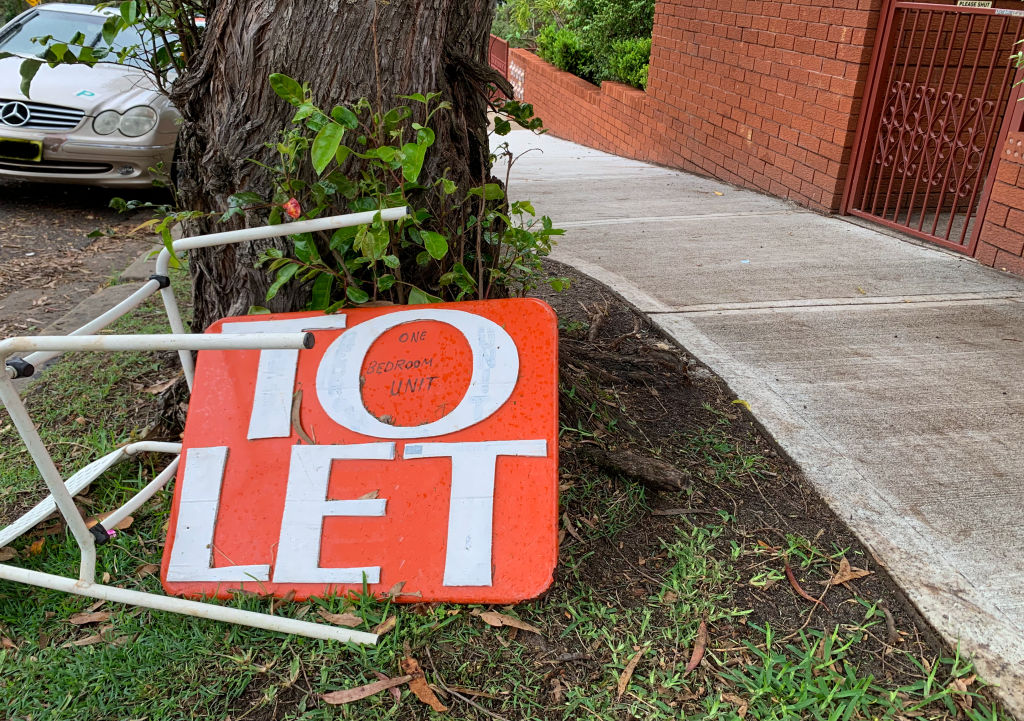
Rent-to-buy providers in Australia
Assemble Communities
Based in Victoria, Assemble’s innovative rent-to-buy model has no “additional fees”, unlike other similar providers.
The Assemble initiative is a twist on the build-to-rent model, in which developers build residential apartment buildings. Instead of selling the buildings off as investments to a pension fund, they are sold to the residents.
Alternatively, Assemble also offers a model in which they purchase an established property for a prospective buyer.
At the outset of the agreement, a future purchase price is established, with a set increase each year. Rental agreements can span up to five years, with a standard lease renewing each year. The rent does not go toward the future sale price, and tenants pay no additional fees. Renters are not under any obligation to purchase the home.
OwnHome
Sydney startup OwnHome is backed by CommBank’s X15, global capital firm Square Peg and industry super fund Hostplus.
Their self-proclaimed “live-to-own” model provides loans to cover a 20 per cent deposit. Clients must contribute a minimum of 2.2 per cent of the property’s value upfront and will then make repayments to OwnHome in addition to mortgage repayments.
Under their model, OwnHome customers will still need to be approved for a standard 80 per cent home loan.
There are eligibility requirements, including income thresholds, to be part of the scheme.
PublicSquare
After raising more than $2 million in capital, PublicSquare was founded in 2021.
Customers of PublicSquare will contribute 3 per cent of the property’s value as an initial deposit. Once moved in, they will start paying rent and an additional payment (around 50 per cent of the rent) to contribute towards the eventual purchase of the home. So, if the weekly rent was $600, tenants would also pay an additional $300 per week.
Prospective buyers can transition to a mortgage within a four- to seven-year timeframe. According to the PublicSquare website, the price of the home is set by an independent valuer and “will be the higher of either a minimum 5 per cent annual growth or the prevailing market value”.
If the tenant no longer wants to buy the property, they can request a sale in the open market where they “can recoup up to 100 per cent of your contributions minus third party advertising costs for selling the property”, according to the website.
Rent-to-own services are currently only available in NSW and Queensland.
We recommend
States
Capital Cities
Capital Cities - Rentals
Popular Areas
Allhomes
More
